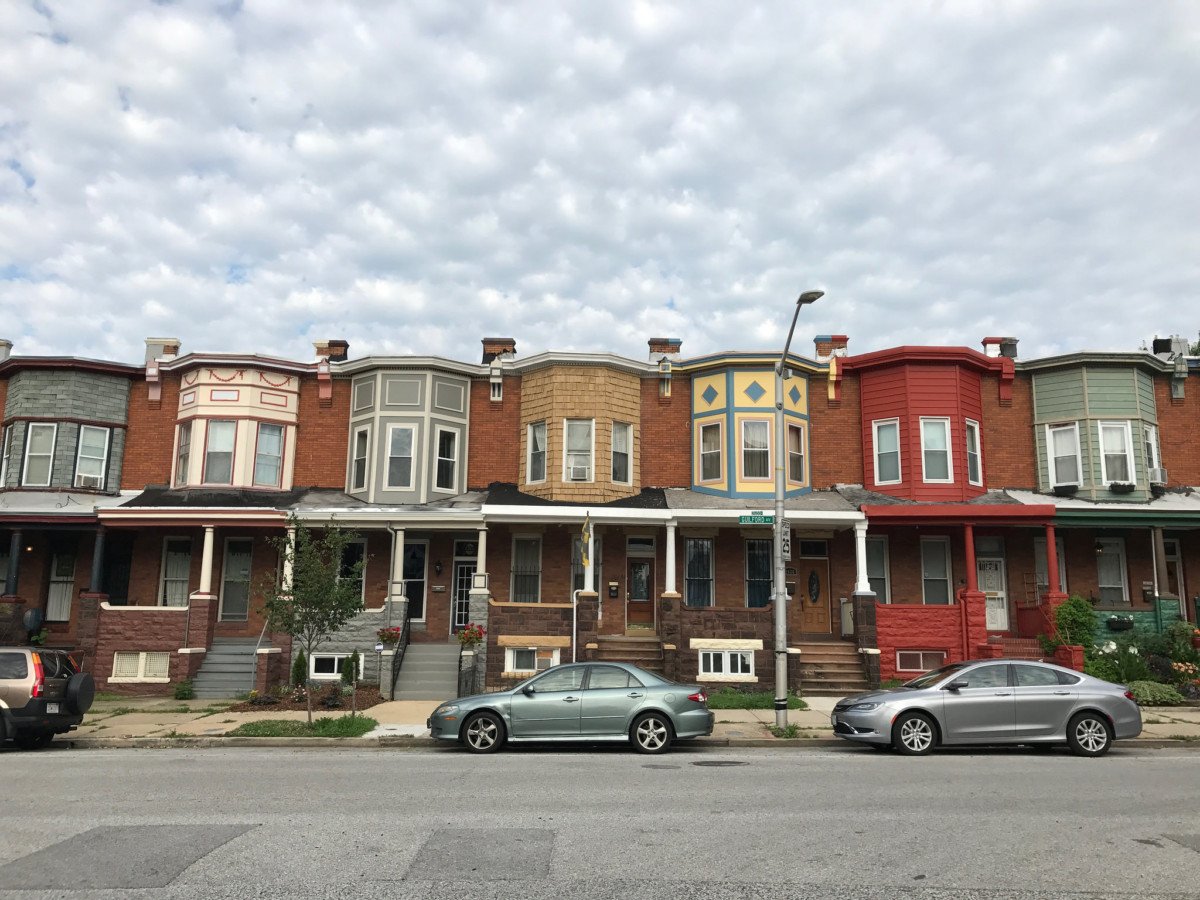The low rate of homeownership among Black Americans is sinking to crisis levels, but a few quite obvious tactical solutions have been offered — we just need to implement them.
Only 43 percent of Black Americans owned homes in 2017 compared with 72 percent of whites, according to the State of the Nation’s Housing 2018 by the Joint Center for Housing Studies of Harvard University. This report and others like it rightfully point to the Black-white wealth gap, lack of affordable housing and a long history of housing discrimination, from Jim Crow and redlining, to the 2007-10 subprime lending crisis, in which qualified Black borrowers were steered to bad loans, leading to massive foreclosures.
In the absence of leadership at the national level, housing equity experts and thought leaders have called on local governments to do what the federal government won’t do: root out lending abuses and close the racial homeownership gap. In the meantime, here are some immediate solutions we can employ now.
1. Expand first-time homebuyer programs.
These programs provide much-needed down payment assistance, flexible underwriting standards and financial literacy training certified by the US Department of Housing and Urban Development to help new homebuyers qualify for home loans. Many programs have been successful in diversifying homeownership and minimizing foreclosures, such as the Massachusetts Affordable Housing Alliance One Mortgage Program, the Miami Dade Economic Advisory Trust Homeownership Assistance Program and the City of Compton First Time Homebuyer Program, which is currently not accepting applications. These programs need to be fully funded and expanded in all Black communities through local public and private partnerships.
2. Deed municipal property to first-time homebuyer programs.
Many municipalities acquire property through tax foreclosures and abandonment, such as the more than 16,500 properties owned by the City of Baltimore, according to Baltimore Mayor Catherine Pugh at a recent panel discussion in Boston.
Municipal properties are typically auctioned off to the highest bidder, which tends to be investors or homebuyers with significant cash. A better alternative to diversify neighborhoods, offset gentrification and support community values would be to deed these properties to Black residents, organizations that offer first-time homebuyer programs or local private developers that partner with these organizations.
3. Extend the maturity of home loans.
The intention of the 30-year mortgage is to allow borrowers to get through their earning years into retirement and have a fully paid-off mortgage. That idea is outdated. Nowadays, most people either move, refinance or both before the mortgage is paid off. Additionally, many people are working longer than 30 years. A longer-term mortgage can reduce monthly payments, which makes home loans more affordable for first-time homebuyers, especially those with student loans. Today, 40-year mortgages represent less than 1 percent of mortgages sold, according to CoreLogic, which tracks and analyzes mortgage information.
4. Provide five Community Reinvestment Act (CRA) credits to banks for each Black first-time homebuyer loan.
First-time homebuyer programs require significantly more community outreach and administrative support than traditional home loans. Most first-time home loans take years to close as borrowers build credit, save for closing costs, etc., rather than the 30 days it takes to close traditional loans. As such, each first-time homebuyer loan should be given at least five times the loan volume credit to banks by regulators.
Currently, the ethnicity of the borrower is not even considered for the CRA lending test for banks, despite the fact that only 1 to 2 percent of home loans from national banks go to Black borrowers, according to a Federal Deposit Insurance Corporation study. Furthermore, Black first-time homebuyer loans are weighed equally to traditional loans with only a subjective CRA credit to banks for participating in first-time homebuyer programs. Multiple loan volume credit to banks for the CRA lending test would recognize the critical need and the actual administrative cost of these programs and incentivize more volume by banks.
5. Build trust in the Black community.
Differences in the Black community’s knowledge of the home loan process contribute to explaining the racial gap in homeownership rates according to a 2010 study. And their distrust in the banking system runs deep, all the way back to Reconstruction when the Freedman’s Bank was allowed to fail, according to Marcus Anthony Hunter in “22 Million Reasons Black America Doesn’t Trust Banks.”
Now, consider the deceptive practices of predatory lenders, which contributed to the mid-2000s foreclosure crisis, and you’ll see the nation cannot afford to take this path again. These tangible solutions to the current crisis in homeownership confronting the Black community are doable and can be transformative.
Angry, shocked, overwhelmed? Take action: Support independent media.
We’ve borne witness to a chaotic first few months in Trump’s presidency.
Over the last months, each executive order has delivered shock and bewilderment — a core part of a strategy to make the right-wing turn feel inevitable and overwhelming. But, as organizer Sandra Avalos implored us to remember in Truthout last November, “Together, we are more powerful than Trump.”
Indeed, the Trump administration is pushing through executive orders, but — as we’ve reported at Truthout — many are in legal limbo and face court challenges from unions and civil rights groups. Efforts to quash anti-racist teaching and DEI programs are stalled by education faculty, staff, and students refusing to comply. And communities across the country are coming together to raise the alarm on ICE raids, inform neighbors of their civil rights, and protect each other in moving shows of solidarity.
It will be a long fight ahead. And as nonprofit movement media, Truthout plans to be there documenting and uplifting resistance.
As we undertake this life-sustaining work, we appeal for your support. Please, if you find value in what we do, join our community of sustainers by making a monthly or one-time gift.
